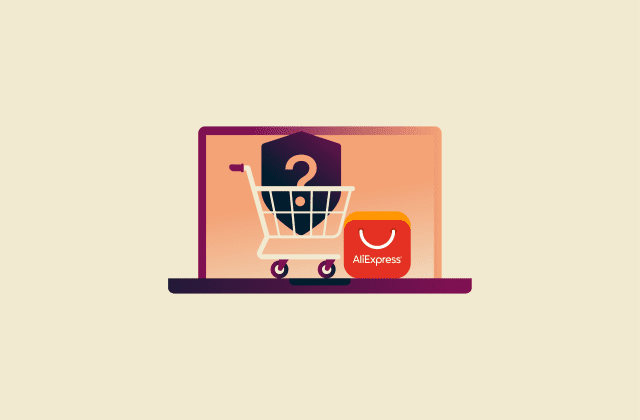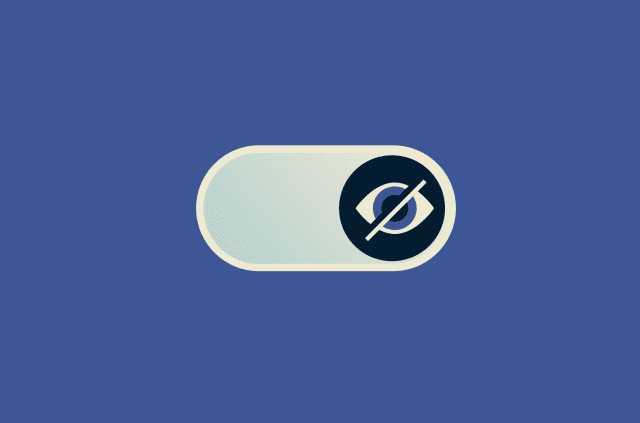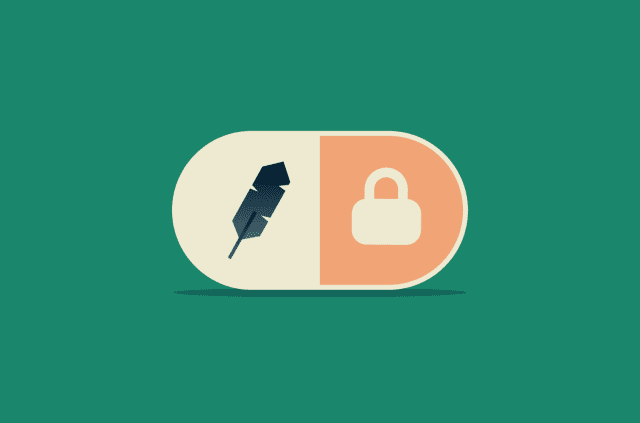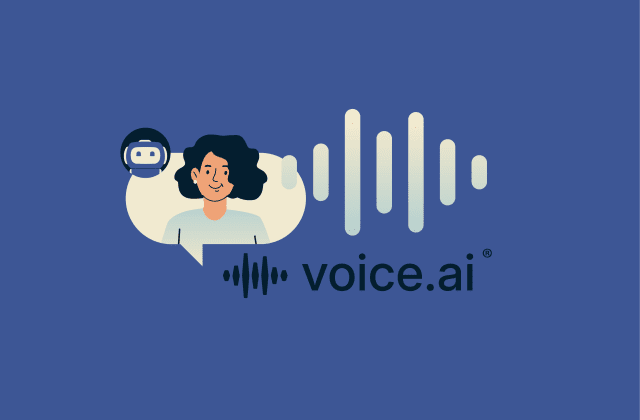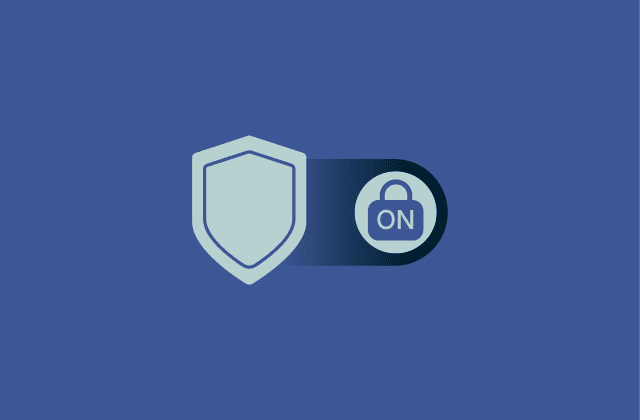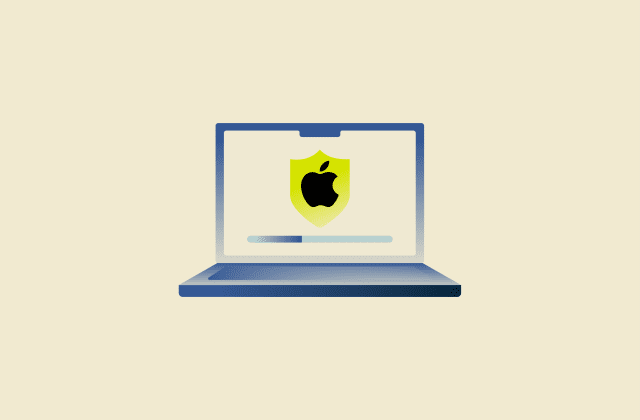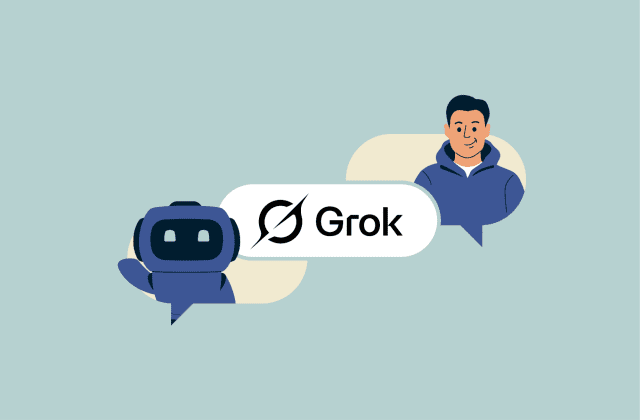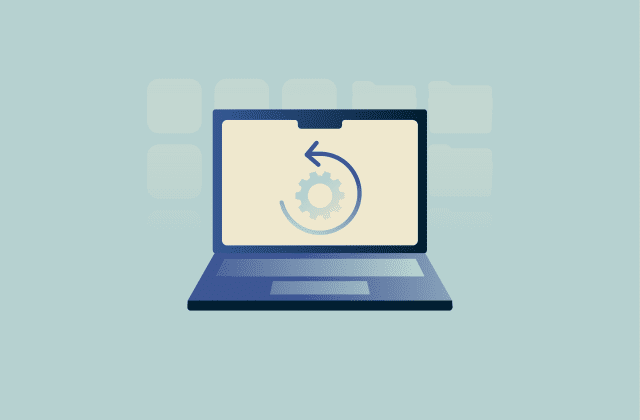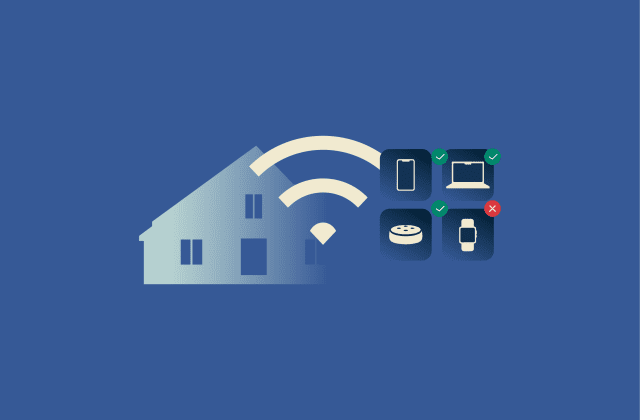What is quantum computing? From qubits to real-world use cases
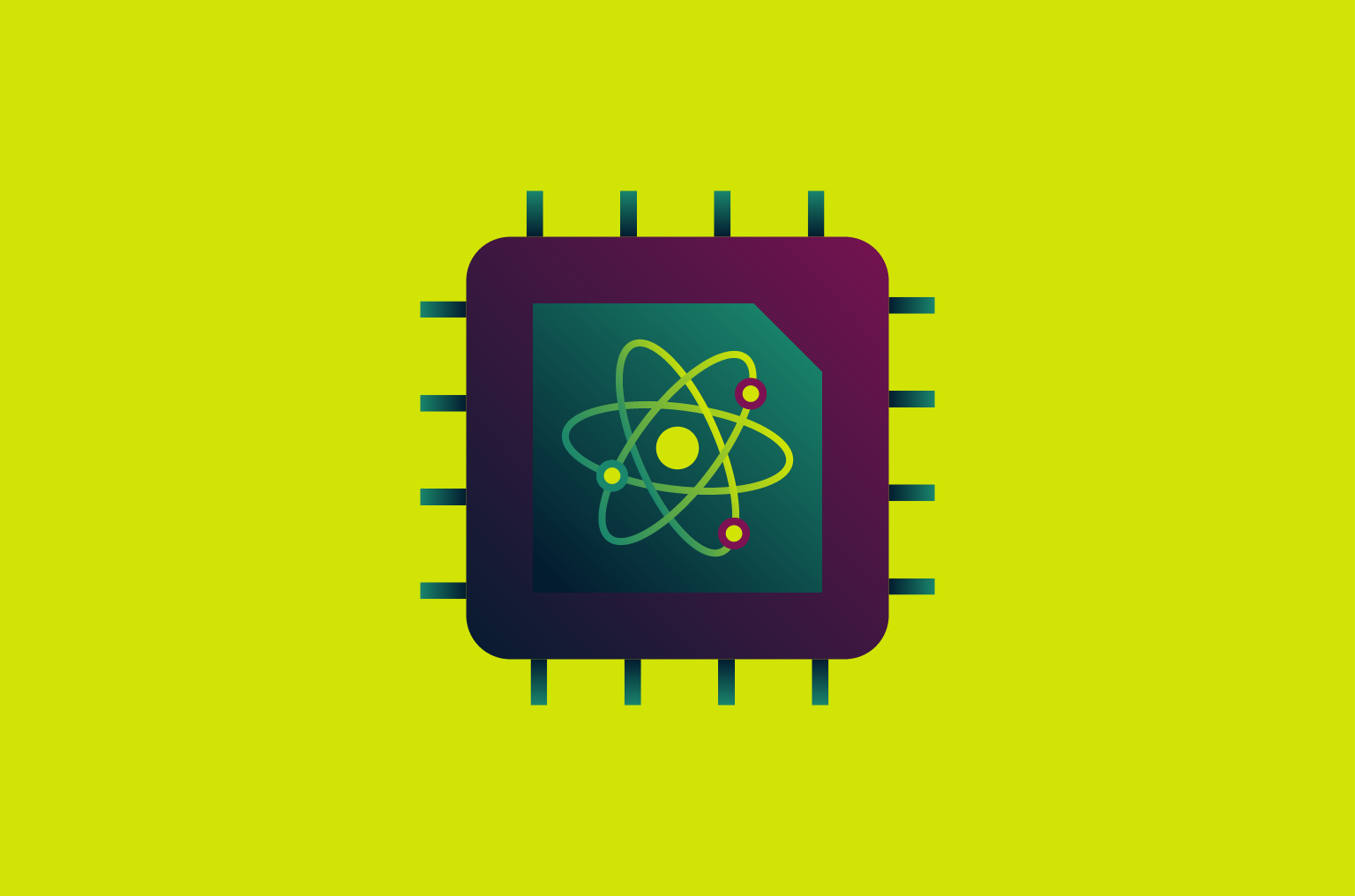
Think of a computer that doesn’t just process 0s and 1s but can evaluate many possibilities simultaneously. That’s the idea behind quantum computing, an emerging field that uses the principles of quantum mechanics to tackle problems that are difficult or impossible for classical computers to solve.
While the technology is still in its early stages, researchers are making steady progress toward practical applications. Quantum computing could eventually support advances in material science, cybersecurity, and climate modeling, but its impact will depend on how scalable and reliable the technology becomes in the years ahead.
Here’s what you need to know about how it works, what it could achieve, and why it matters for the future of computing.
What is quantum computing in simple terms?
Quantum computing is a new approach to processing information. It is not simply a faster version of the computers we use today; it’s built on the principles of physics that govern extremely small particles.
Traditional computers work with bits, tiny switches that can be either on or off, represented as 0 or 1. Everything your phone or laptop does, from sending emails to running video games, relies on long sequences of these 0s and 1s.
Quantum computers use qubits instead. Unlike classical bits, a qubit can exist in multiple states at the same time. This property allows quantum computers to process information in ways that are fundamentally different, making it possible to solve certain problems more efficiently than traditional machines.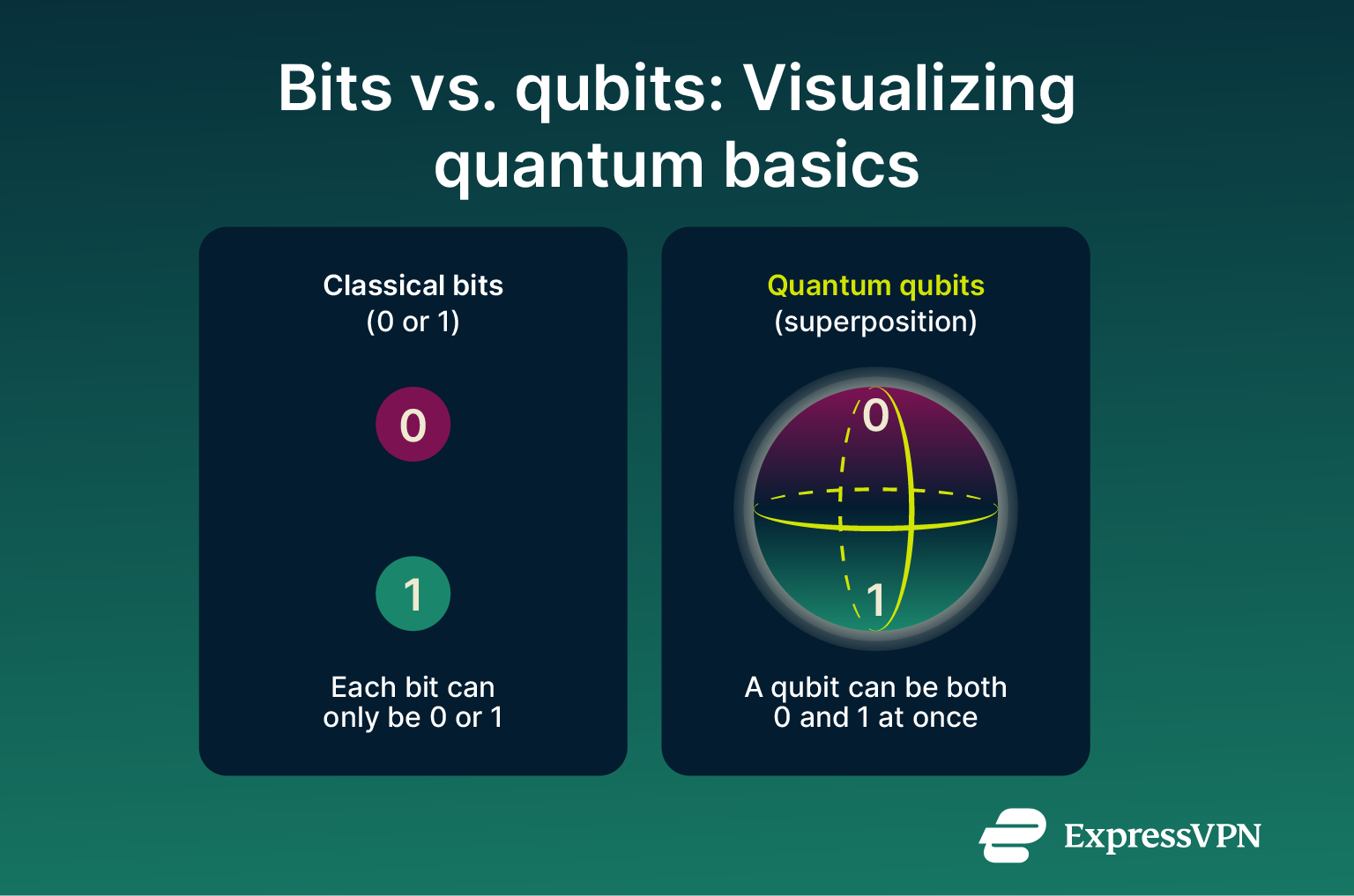
They’re not better than classical computers for everything, but for some tasks, like simulating molecules, finding patterns in massive datasets, or solving complex optimization puzzles, they could be far more efficient.
How has quantum computing evolved over time?
Quantum computing may seem new, but the concept dates back to the early 1980s, when researchers first proposed using the unusual rules of quantum physics to process information. A major turning point came in 1994, when mathematician Peter Shor demonstrated that a quantum algorithm could break widely used encryption, something that would take classical computers an impractical amount of time.
Since then, scientists have moved from theory to building real machines. Early quantum computers were fragile and could only handle a few qubits, but steady progress has led to more stable systems, improved error correction, and better control over quantum states.
In 2023, researchers reached a milestone known as quantum utility: using a quantum computer to solve a problem too complex for classical machines to simulate directly. While this didn’t mean quantum computers outperformed classical ones across the board, it showed they could tackle tasks previously out of reach.
The next big goal is quantum advantage. This happens when a quantum computer can consistently perform a useful task faster, more efficiently, or more accurately than any classical computer. It’s expected to mark the point where quantum systems start providing real-world benefits for industries like cryptography, materials science, and optimization.
As hardware, software, and algorithms continue to evolve, researchers believe we’re moving closer to that moment.
How does quantum computing work?
Quantum computing relies on the principles of quantum mechanics, which give qubits their unique capabilities. These principles allow quantum computers to tackle certain problems in ways that classical computers cannot, but they also introduce challenges that engineers must carefully manage.
Principles of quantum mechanics
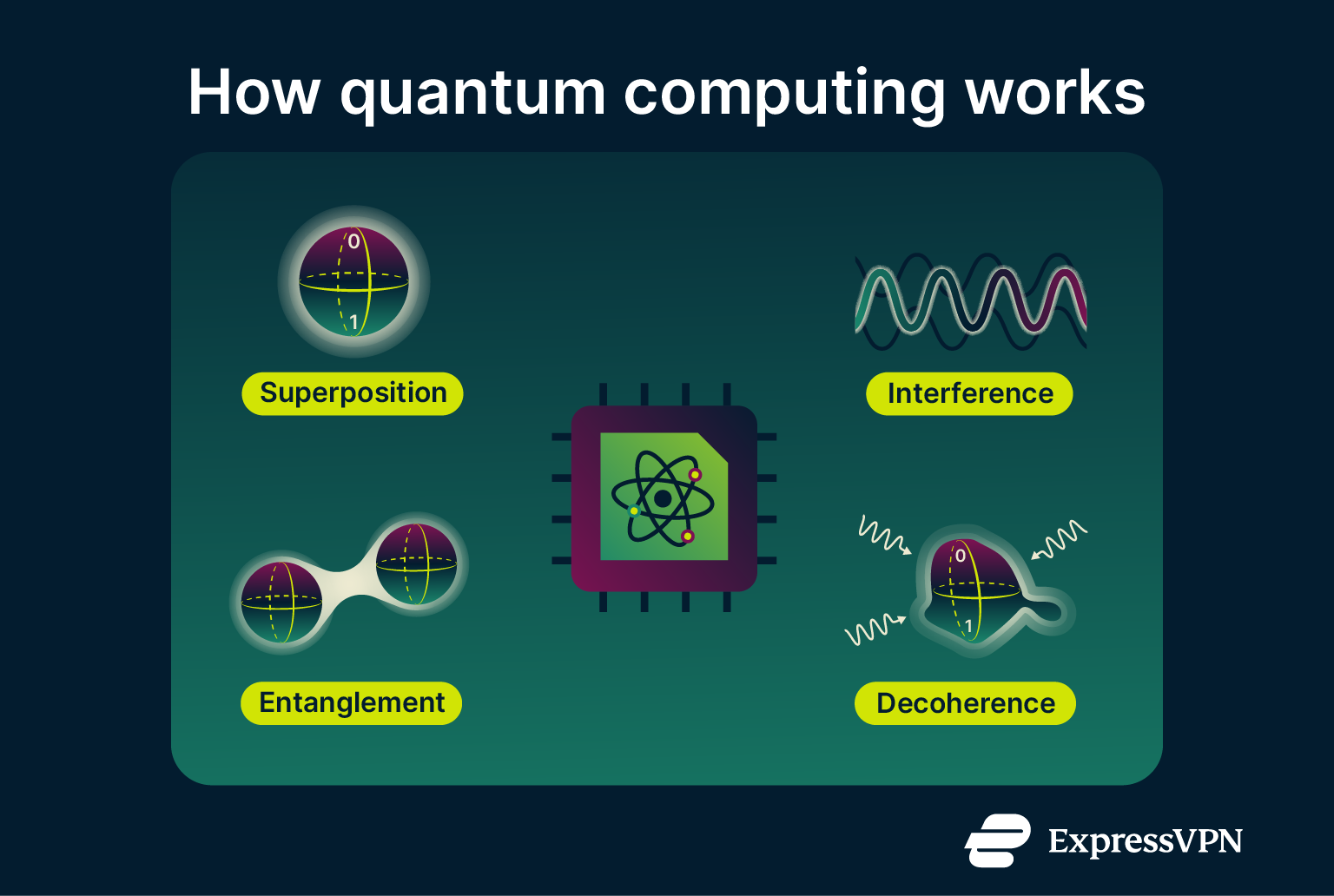
- Superposition: A qubit can exist in multiple states simultaneously, allowing a quantum computer to evaluate many possible solutions at once. For example, while a classical computer might examine each path in a problem sequentially, superposition enables quantum systems to consider all paths at the same time. Superposition works together with quantum interference to reinforce the paths that lead to the correct result.
- Entanglement: Two or more qubits can become linked, so measuring one instantly reveals information about the other, even if they’re far apart. This helps quantum computers coordinate qubits to solve complex problems.
- Interference: Quantum systems behave like waves that can combine and affect one another. Interference allows the computer to strengthen correct answers while canceling out incorrect ones.
- Decoherence: Quantum states are fragile and easily disturbed by heat, light, or movement. This effect, called decoherence, is one of the biggest challenges in keeping quantum computers stable long enough to complete calculations.
Together, these principles make quantum computing possible:
- Superposition lets the computer explore all possibilities at once.
- Entanglement makes qubits work together.
- Interference steers the computation toward useful results.
- Decoherence is what engineers work to prevent.
Qubits explained
At the heart of every quantum computer are qubits, the quantum version of classical bits. As stated earlier, qubits can exist in multiple states simultaneously (superposition) and can become entangled, linking their states even across large distances. These properties allow quantum computers to process complex problems in ways that classical machines can’t.
Qubits can be implemented using a variety of technologies. Some are created from superconducting circuits, others from trapped ions, individual atoms, or particles of light (photons). Each approach has its strengths (some are faster, others more stable), and scientists are still experimenting to find the most scalable designs.
Because of these unique properties, qubits can tackle certain problems, like simulating molecules, analyzing massive datasets, or optimizing complex systems, that would take even the fastest supercomputers far too long.
Quantum hardware and software
Quantum computers might look simple from the outside, but inside they rely on highly specialized components that must operate under extremely delicate conditions.
At the core of every quantum computer is its processor, where qubits are created and controlled. To keep qubits stable long enough to perform useful computations, the processor must remain ultracold (close to absolute zero) and protected from heat, noise, or movement that could disrupt their quantum state.
Two main systems are commonly used to build quantum processors today:
- Superconducting circuits: Made from materials that conduct electricity with zero resistance at very low temperatures. They’re fast and already used in quantum computers developed by companies like IBM and Google.
- Ion traps: Use charged atoms (ions) suspended in electromagnetic fields and manipulated with lasers. This method is known for its high precision and long coherence times.
Supporting the processor are control and measurement systems. These systems:
- Convert digital instructions into physical signals, such as microwave pulses or laser beams, that act on the qubits.
- Detect and interpret the qubits’ final states after a computation finishes.
On the software side, quantum programs are written as quantum circuits: sequences of operations that tell qubits how to evolve during a computation. Developers design and test these circuits using specialized platforms, often starting with simulators before running them on real quantum hardware available through the cloud.
Together, quantum hardware and software form a tightly connected system. Each depends on the other, and both are advancing rapidly as researchers work toward more powerful, reliable machines.
What is the difference between quantum and classical computing?
Classical and quantum computers tackle problems in fundamentally different ways. Classical computers are great at following precise instructions, performing calculations, and handling predictable, structured data: the foundation of nearly all digital technology we use today.
Quantum computers, by contrast, are designed for uncertainty. They use the principles of quantum mechanics to process complex, interconnected data and uncover patterns that are too large or too intricate for classical systems to handle efficiently.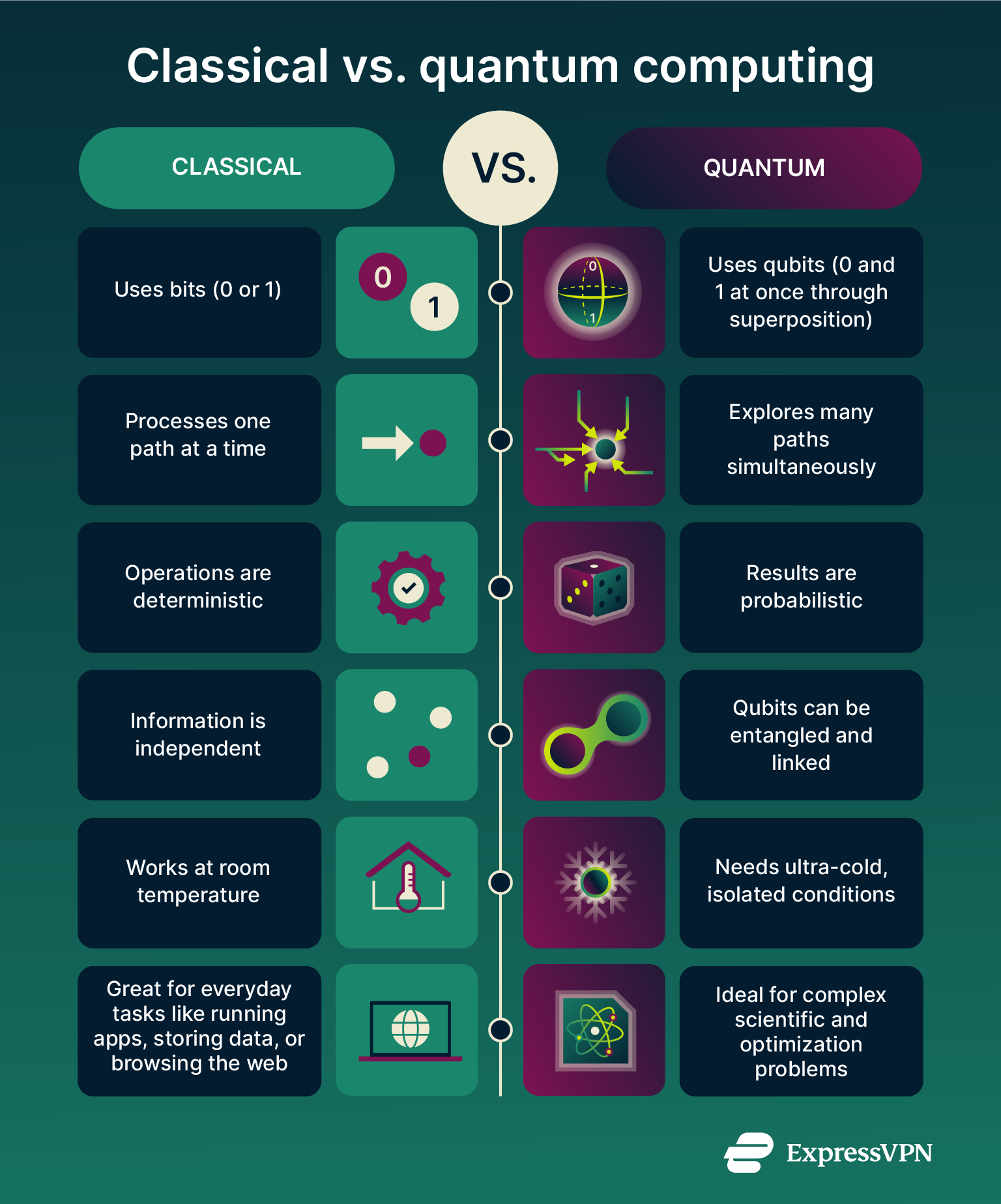
Rather than replacing classical machines, quantum computers are meant to complement them. In the future, both will likely work together: classical computers managing everyday operations, while quantum systems focus on specialized challenges such as molecular modeling, advanced encryption, or large-scale optimization.
What problems can quantum computers solve?
As stated earlier, quantum computers are not faster at every task, but their unique properties make them well-suited to solving problems with vast numbers of variables or complex patterns that would overwhelm classical machines.
Optimization
Optimization means finding the best possible solution among millions (or even billions) of alternatives. Think of it like trying to plan the most efficient delivery route for hundreds of trucks, each with different destinations, traffic patterns, and fuel costs. A classical computer would need to check each route combination step by step, while a quantum computer could analyze all routes simultaneously and highlight the most efficient ones.
These kinds of problems appear in nearly every industry, and the complexity grows exponentially as the number of variables increases. That’s why researchers and companies are already testing quantum optimization in fields such as:
- Finance: Finding better combinations of loans, portfolios, and risk strategies.
- Manufacturing: Reducing costs and cycle times through smarter resource planning.
- Transportation: Optimizing flight paths, traffic flows, and fleet operations.
- Supply chains: Managing routes, schedules, and inventories more efficiently across large networks.
Machine learning and AI
Machine learning (ML) is about teaching computers to recognize patterns and make predictions based on data. It powers everything from voice assistants and recommendation systems to medical diagnostics and fraud detection. But as datasets grow larger and models become more complex, training them can take enormous amounts of time and computing power, even for today’s most advanced supercomputers.
Quantum computing could help address these challenges. As noted earlier, quantum systems can explore many possibilities simultaneously, which may reduce the time needed to train and refine complex models, particularly those involving massive datasets or numerous interdependent variables.
Researchers are already experimenting with quantum-enhanced ML in areas such as:
- Training models faster: Using quantum algorithms to speed up optimization steps in model training.
- Improving accuracy: Exploring more potential solutions in parallel to refine predictions.
- Handling high-dimensional data: Tackling problems with many interacting variables that overwhelm classical ML systems.
Quantum ML is still in its early stages, but its potential is significant. It could one day redefine how we train AI models and analyze information at scale.
Molecular modeling and simulations
One of the most promising uses of quantum computing is in molecular modeling: understanding how molecules and materials behave at the atomic level. This knowledge is crucial for breakthroughs in medicine, chemistry, and materials science.
Simulating molecules on a classical computer is extremely difficult. Even a simple molecule has countless atomic interactions, and the number of possible configurations grows exponentially with size. Classical systems struggle to calculate all these quantum-level effects accurately, which limits how deeply scientists can study chemical reactions or material properties.
Quantum computers, however, follow the same physical rules that govern atoms and electrons. Instead of approximating molecular behavior, they can simulate it directly, making it possible to analyze complex interactions that classical methods can only estimate.
This could open the door to major scientific advances, such as:
- Creating new medicines: Predicting how molecules interact with the human body before physical testing.
- Designing better materials: Developing stronger alloys, superconductors, or more efficient solar panels.
- Studying chemical reactions in detail: Understanding catalysts and reaction mechanisms to make industrial processes cleaner and faster.
Cryptography and security
Quantum computing could have a major impact on cybersecurity. Many of today’s encryption systems rely on mathematical problems that are easy to set up but practically impossible for classical computers to solve, such as factoring very large numbers. Quantum computers could eventually solve these problems much faster, potentially weakening widely used protections like Rivest–Shamir–Adleman (RSA) encryption.
To prepare for this, researchers are developing new types of encryption known as post-quantum cryptography (PQC). These algorithms are designed to withstand attacks from both classical and quantum computers by using math problems that even quantum systems can’t efficiently solve. Governments and organizations around the world are already testing these methods to ensure data remains secure in the quantum era.
Another line of defense is quantum key distribution (QKD), which uses particles of light to share encryption keys securely. If anyone tries to intercept the transmission, the particles’ quantum state changes, immediately revealing that the communication has been compromised.
While large-scale quantum attacks are still years away, preparation is already underway. ExpressVPN’s Lightway protocol, for instance, previously integrated the Kyber encryption algorithm as an early step toward post-quantum security. It has since transitioned to Module-Lattice-based Key Encapsulation Mechanism (ML-KEM), the finalized National Institute of Standards and Technology (NIST) standard based on Kyber, further strengthening its post-quantum readiness. And Lightway isn’t the only one: ExpressVPN has also launched a post-quantum WireGuard.
Quantum computing may pose new challenges to data security, but it’s also driving the creation of stronger, more future-proof encryption methods that will protect information for decades to come.
Learn more: If you're interested in this topic, check out our detailed guides on the history of encryption, quantum encryption, and quantum cryptography.
What are the real-world applications of quantum computing?
Quantum computing is moving from theory into practice. While most systems today are still experimental, researchers and companies around the world are already testing how quantum technology can solve real-world problems more efficiently than classical computers.
Industries using quantum technology today
Early applications are emerging across several industries: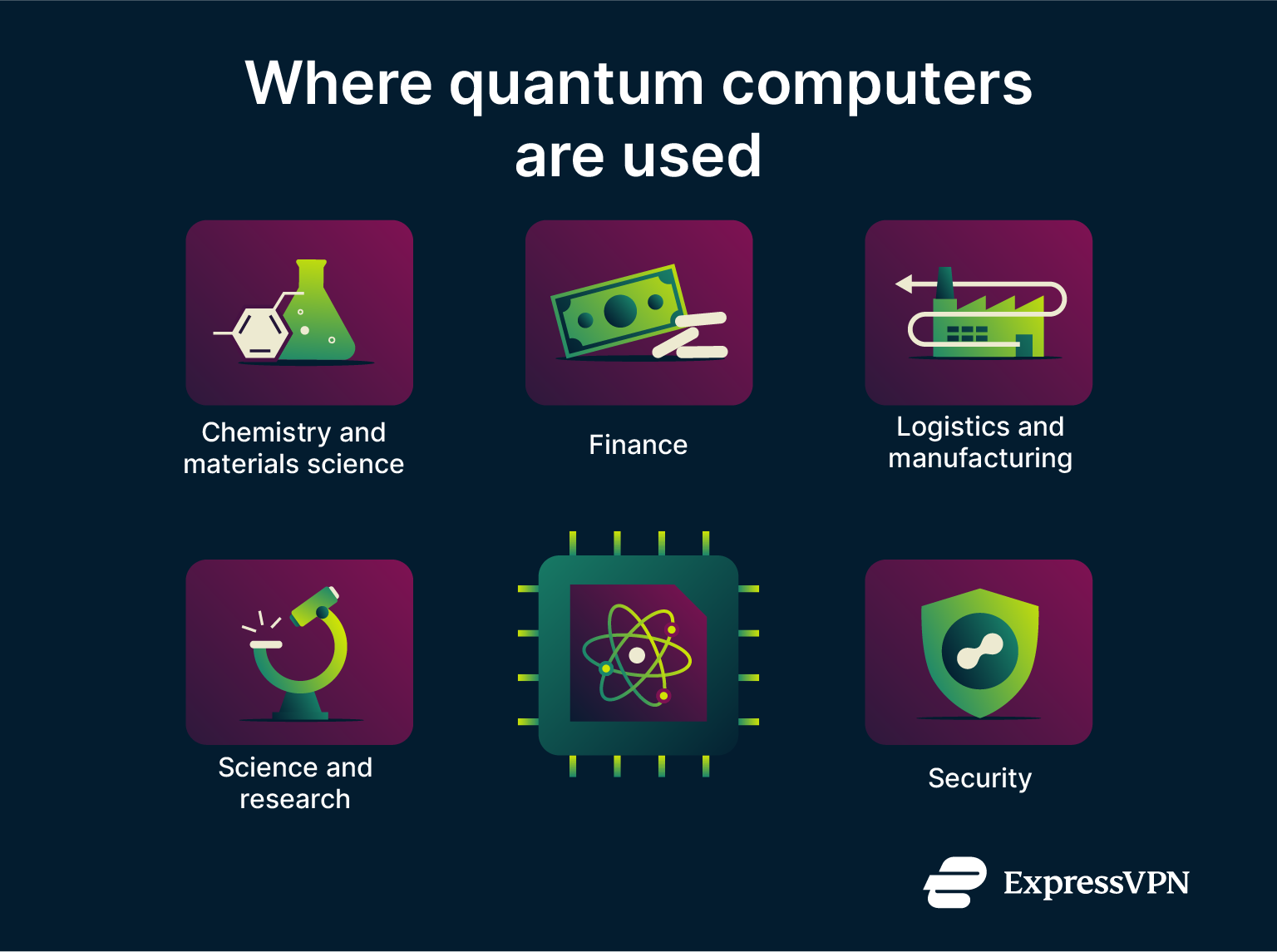
- Chemistry and materials science: Simulating molecular behavior to design new drugs, catalysts, and advanced materials.
- Finance: Experimenting with quantum algorithms for portfolio optimization, risk management, and fraud detection.
- Logistics and manufacturing: Using quantum optimization to improve routing, scheduling, and resource allocation.
- Security: Developing quantum-safe encryption methods and testing QKD.
- Scientific research: Simulating physical systems beyond 50 qubits (tasks that are already out of reach for classical supercomputers).
These early projects aren’t yet large-scale or commercial, but they demonstrate that quantum systems are beginning to tackle problems once thought impossible for traditional computing.
Future potential applications
As hardware and software improve, the scope of what’s possible will expand even further. Quantum computing could soon enhance:
- ML and AI: Speeding up training and data analysis.
- Optimization and planning: Solving large-scale logistical and industrial problems.
- Scientific simulations: Exploring the behavior of complex physical, chemical, and biological systems.
- Secure communications: Protecting data through quantum-based and quantum-resistant encryption.
What are the biggest challenges in quantum computing?
Building machines that actually work outside the lab is a massive scientific and engineering challenge. Researchers today face several key obstacles:
- Fragile hardware: Qubits are incredibly delicate. They need to operate at temperatures close to absolute zero and can be disrupted by even the slightest vibration, heat, or electromagnetic noise. Keeping them stable long enough to compute reliably is one of the hardest problems in the field.
- Error correction: Qubits easily lose their quantum state, leading to calculation errors. Unlike classical bits, they can’t simply be copied for backup. Quantum error correction exists, but it requires many additional qubits and complex setups to maintain accuracy.
- Talent shortage: Quantum computing sits at the intersection of physics, computer science, and engineering: a rare mix of skills. The global workforce capable of developing and maintaining quantum systems is still very limited.
- Scalability and cost: Solving meaningful, large-scale problems will require thousands (eventually millions) of qubits working together. As more qubits are added, controlling and stabilizing them becomes exponentially harder. Quantum computers also remain expensive to build, maintain, and access, limiting their availability to a few major research labs and tech companies.
What are common misconceptions about quantum computing?
Quantum computing often attracts hype, which can lead to confusion about what it really is and what it isn’t. Here are some of the most common misunderstandings: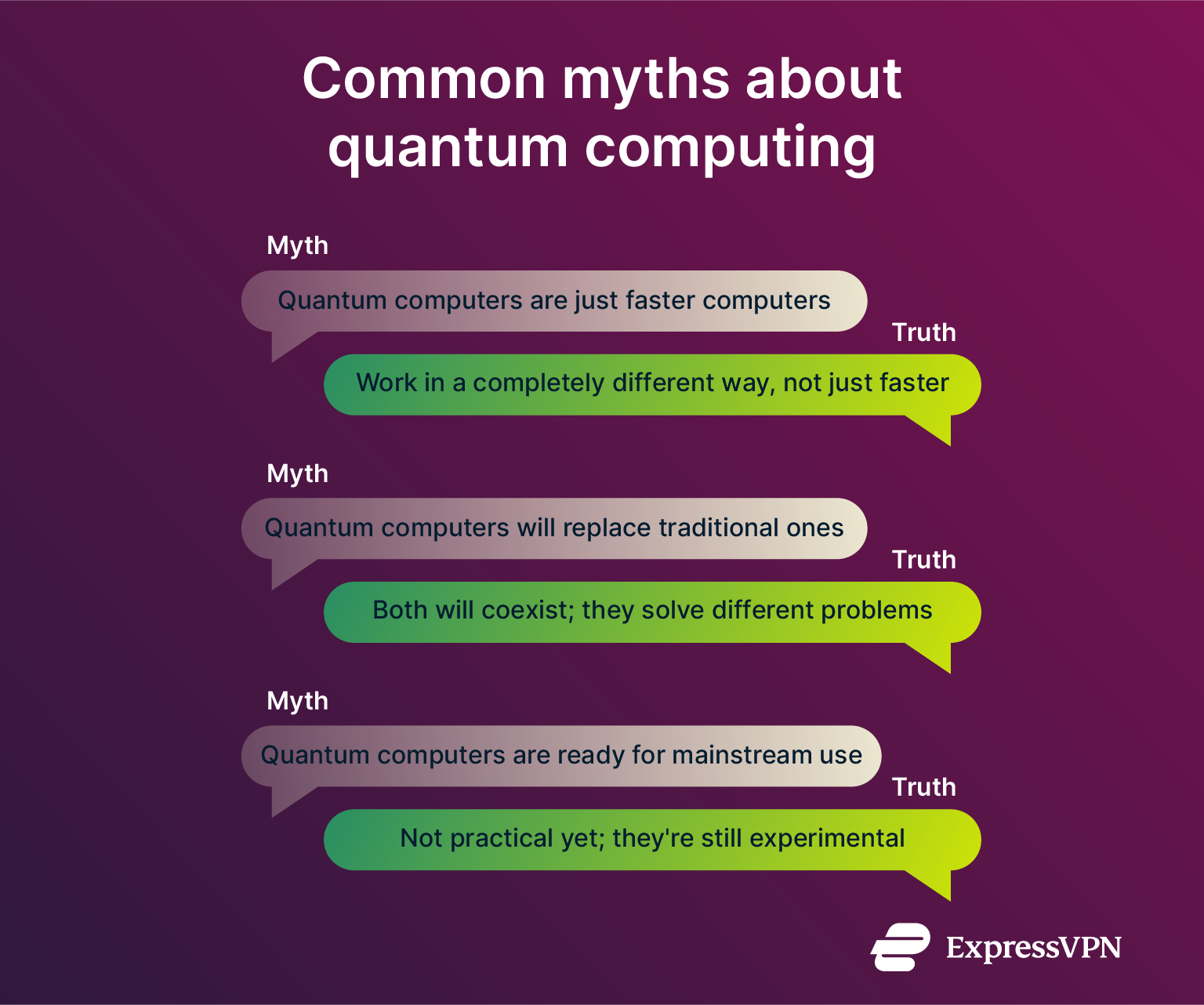
Quantum computers aren’t just faster computers
It’s easy to assume that quantum computers are simply more powerful versions of the machines we already use. In reality, they work in a completely different way.
Instead of performing familiar tasks more quickly, quantum computers use the principles of quantum mechanics to solve certain kinds of problems that classical systems struggle with, such as simulating molecules or optimizing complex systems. They don’t just make computing faster; they redefine how information is processed.
Quantum computing won’t replace classical systems
Quantum computers aren’t built to take over traditional computing. They’re designed for highly specialized challenges, not for running emails, browsers, or spreadsheets. Classical computers remain far better suited to everyday tasks, and both systems will likely coexist, each handling the kinds of problems they’re best at.
Quantum computing isn't ready for mainstream use
Although progress is accelerating, quantum computers are still at an early stage. The hardware is extremely delicate, expensive, and difficult to scale, requiring precise environmental conditions to function correctly. For now, they’re mainly used in research settings and specialized pilot projects rather than in regular business operations or consumer products.
As the technology matures, quantum computing will gradually become more accessible, but for now, it remains a tool for experimentation, not everyday use.
How to get started with quantum computing
You don’t need a PhD or access to a lab to start exploring quantum computing. Today, there are platforms and learning tools designed specifically for beginners, making it easier than ever to get hands-on experience.
Beginner-friendly platforms and tools
If you want to try real quantum computers or run your first quantum programs, there are several platforms open to everyone:
- IBM Quantum Platform (previously known as IBM Quantum Experience): Lets you build and run quantum circuits in the cloud. You can use it directly from your browser and experiment with Qiskit, IBM’s open-source library for writing quantum code in Python.
- Microsoft’s Azure Quantum: Provides access to different quantum processors, with a developer-friendly interface.
- D-Wave, Google, and Rigetti: These platforms offer cloud-based tools too, each with their own focus and programming models.
Educational resources and courses
There’s no shortage of beginner-friendly courses and materials if you want to learn the basics. Some of the most accessible include:
- Qubit by Qubit’s Introduction to Quantum Computing: A course developed by IBM and The Coding School for people with no prior experience.
- IBM’s Quantum Challenge: Offers hands-on learning with Qiskit.
- Online courses from edX, Coursera, and Brilliant: Cover both theory and practical skills.
- YouTube channels: For example, Qiskit’s official channel or recorded talks such as Introduction to Quantum Computing and Quantum Hardware.
- Books: For deeper learning, books like Dancing with Qubits (Robert Sutor) or Quantum Computing: An Applied Approach (Jack Hidary) are highly recommended.
FAQ: Common questions about quantum computing
What does "quantum" mean?
"Quantum" just means it follows the rules of quantum physics, the science that explains how really tiny particles like atoms behave. Unlike regular computers that use bits (0 or 1), quantum computers use qubits, which can be both at once. That makes them work in a completely different way.
Can quantum computing break encryption?
Yes, quantum computers could break some current encryption methods, like Rivest–Shamir–Adleman (RSA), by solving problems that classical computers can’t handle in a reasonable time. That’s why researchers are working on quantum-safe encryption to protect future data.
Is quantum computing faster than supercomputers?
Not exactly. Quantum computers aren’t simply faster than supercomputers; they work in a fundamentally different way. Supercomputers process information using classical bits (0s and 1s), while quantum computers use qubits, which can exist in multiple states at once. This lets them solve certain complex problems, like simulating molecules or factoring huge numbers, much more efficiently.
Will quantum computers replace classical computers?
No. Quantum computers won’t replace classical ones. Each works differently and is useful for different tasks. Most future systems will likely use both together, depending on what needs to be solved.
How does AI compare to quantum computing?
AI and quantum computing are very different technologies with distinct goals. AI uses algorithms to analyze data, learn patterns, and make predictions: tasks handled by classical computers, often at a large scale. Quantum computing, on the other hand, uses qubits and the principles of quantum mechanics to process information in ways classical systems can’t.
AI focuses on learning and decision-making; quantum computing focuses on solving complex mathematical problems faster or more efficiently. In the future, they may complement each other (quantum computing could power more advanced AI by speeding up certain computations), but today, they operate separately.
Take the first step to protect yourself online. Try ExpressVPN risk-free.
Get ExpressVPN



